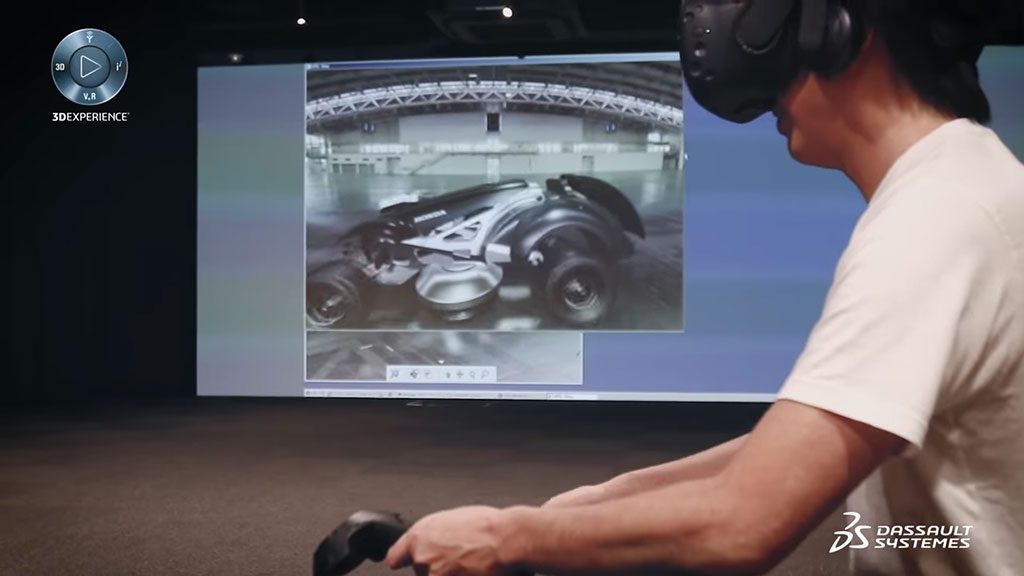Schlagwort: ENTERPRISE MARKETING
-

Manufacturers Benefit From Simplified 3D Design Processes in VR Thanks to Dassault Systèmes and HTC VIVE
Reading Time: 3 minutesWith the goal of fundamentally changing how design concepts go from the mind’s eye to reality, HTC VIVE Pro teamed up with Dassault Systèmes. That objective is becoming even more important within complex technology and engineering verticals—as agility, responsiveness, and speed to market continually shift. Over the last four decades Dassault Systèmes has led the world in…
-

Technology – and VR – Evolves to be More Accessible and Collaborative
Reading Time: 2 minutesOver the years, technology has evolved to become more intuitive and easier to use. As companies today are quickly adjusting to the new norm of remote workforces, technology offers new ways to address the changing face of work, keeping teams and employees engaged, collaborative and productive. Right now, we’re witnessing how relatively…

